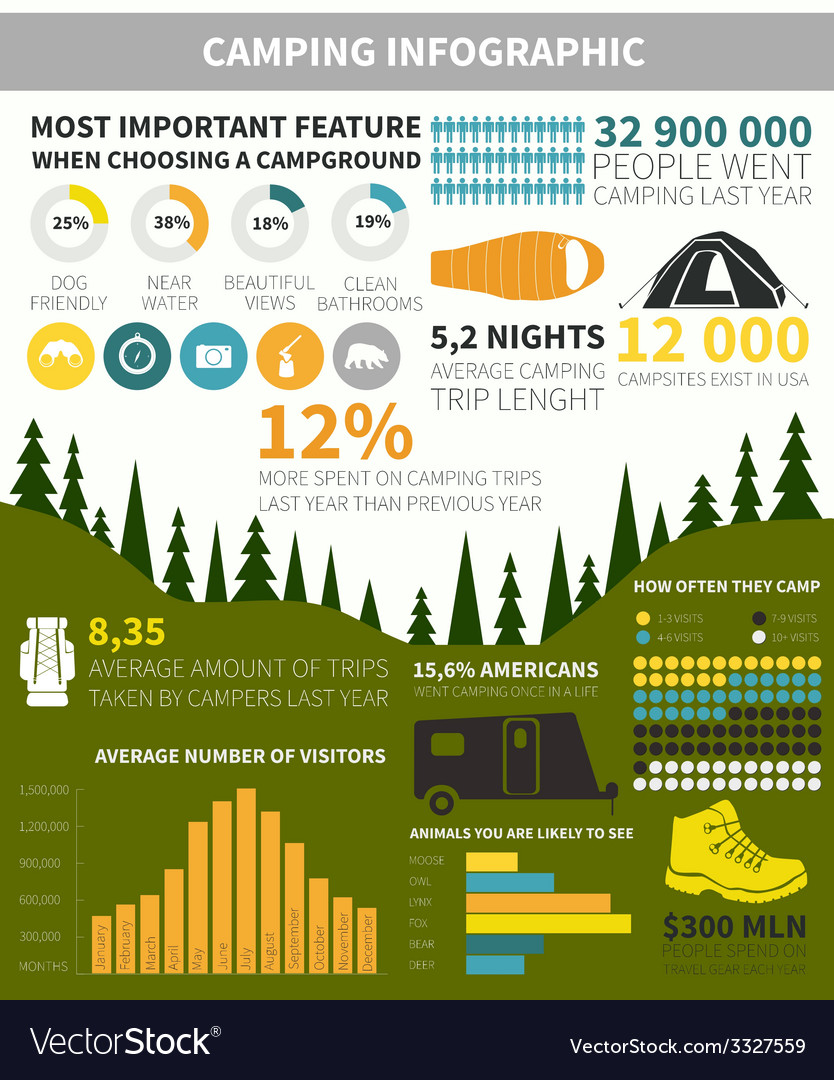Catching amazing photographs of the night sky needs mindful preparation. Inspecting the weather forecast for clear skies is critical, as is recognizing what time the moon increases and sets.
Should you put a tarp over your tent?
Beginning by adjusting your cam to manual shooting setting. Take several test shots with numerous ISO, aperture and shutter speed settings to see what functions ideal.
Video camera
A standard DSLR camera with a broad lens functions well for night-sky images, but any type of electronic camera with a large sensor and a hand-operated emphasis setting must function. The important part is that the video camera can be readied to fire in RAW format, which enables optimum adaptability when editing.
Depending upon the preferred result, you might want to take a number of direct exposures and afterwards combine them in post-processing. This can be useful if you're shooting both a foreground item (like a lake, tree, lorry or a structure) and the night sky and require to reveal each at various setups.
You can also try out long-exposure shots that show celebrity routes. This can be attained by centering your frame on the North Star and utilizing a shutter speed lasting for a number of mins. This develops amazing arcs and vortex-like circles of light around your subject. It can be time consuming, but the results are spectacular!
Lens
Among one of the most crucial consider evening skies digital photography is picking the right lens. A high resolution, wide angle lens will help you catch as numerous stars and the moon in your photo as possible.
You will likewise require a tripod to avoid cam shake throughout lengthy direct exposures. It is likewise suggested to fire in RAW setting, which will certainly provide you a lot more latitude in post-processing.
One more aspect is timing. It is best to prepare for when the Milky Way will increase luxury pop up tent or set depending on your location. There are several apps and websites to help with this including PhotoPills.
Ultimately, it is excellent to have an intriguing foreground in your picture to include deepness and comparison. Utilizing fascinating rock formations, buildings or even individuals can include a feeling of scale to your image and make it much more impactful. Your composition should additionally comply with standard photo principles, such as the guideline of thirds and finding leading lines.
Shutter Rate
The shutter is the part of your electronic camera that beings in front of the picture sensor and opens and near videotape a direct exposure. Its speed affects just how much light your picture gets-- the quicker it is, the less light enters.
A slower shutter rate enables more light in, but additionally obscures any kind of activity that occurs during the direct exposure, which works for catching star routes and various other impacts such as a long direct exposure to produce a gorgeous night skies.
With the best equipment, it's feasible to create photos that are almost as intense as daytime and still be able to capture dazzling details of the Milky Way and celebrities. For maximum clarity, attempt to get as far away from communities and cities as possible and examine web sites such as this one for cloud maps and dark skies.
ISO
Selecting an ISO setting is a critical action in night skies photography. The greater the ISO value, the more delicate your video camera will certainly be to light and the brighter your picture will be. Nonetheless, if you go too expensive, the sound in your picture will be as well prominent.
An excellent starting factor is to set your electronic camera to a reduced ISO of 800, then take an examination shot. If this image is as well dark, increase the ISO one quit at a time till you have an acceptable photo.
Foreground shots in night skies pictures call for much longer direct exposure times than the stars, so you'll intend to utilize a tripod. To better support your electronic camera, utilize the remote shutter launch to prevent any kind of trembling brought on by pressing the switch yourself. Likewise, remember to keep your lens in Guidebook Focus setting. This will assist you to maintain the exact same focal size throughout your shoot. The Guideline of Thirds is a crucial guideline for making up night sky images, helping to equilibrium and link your pictures.
Are canvas tents worth the money?
